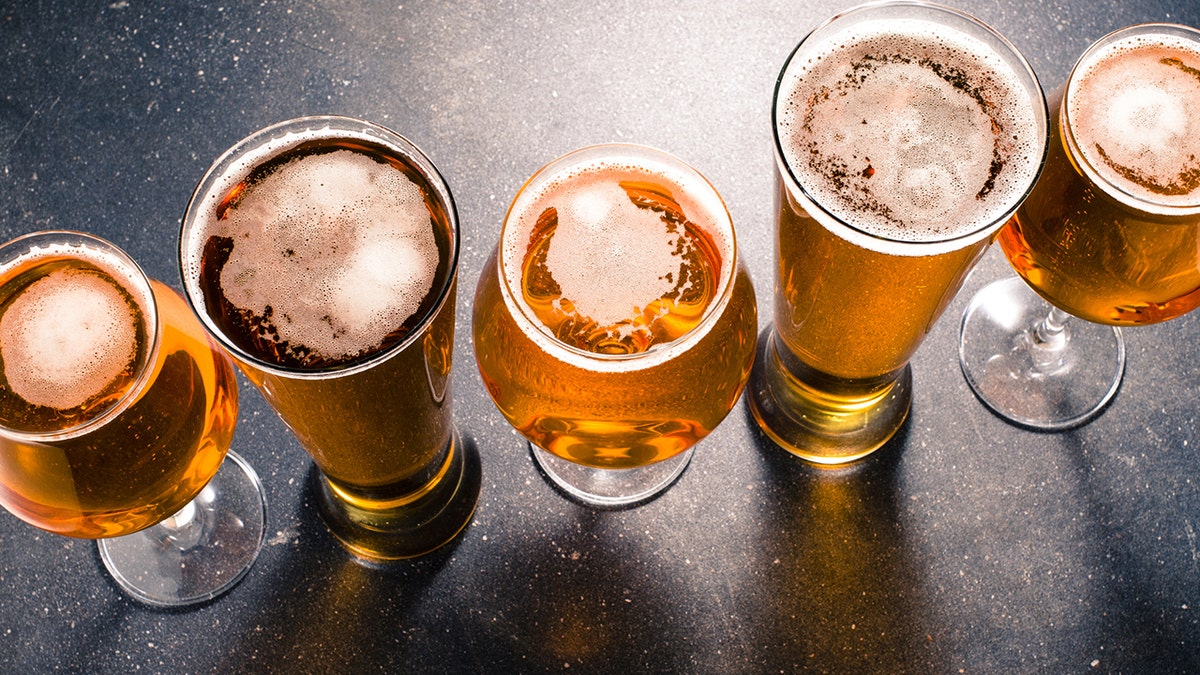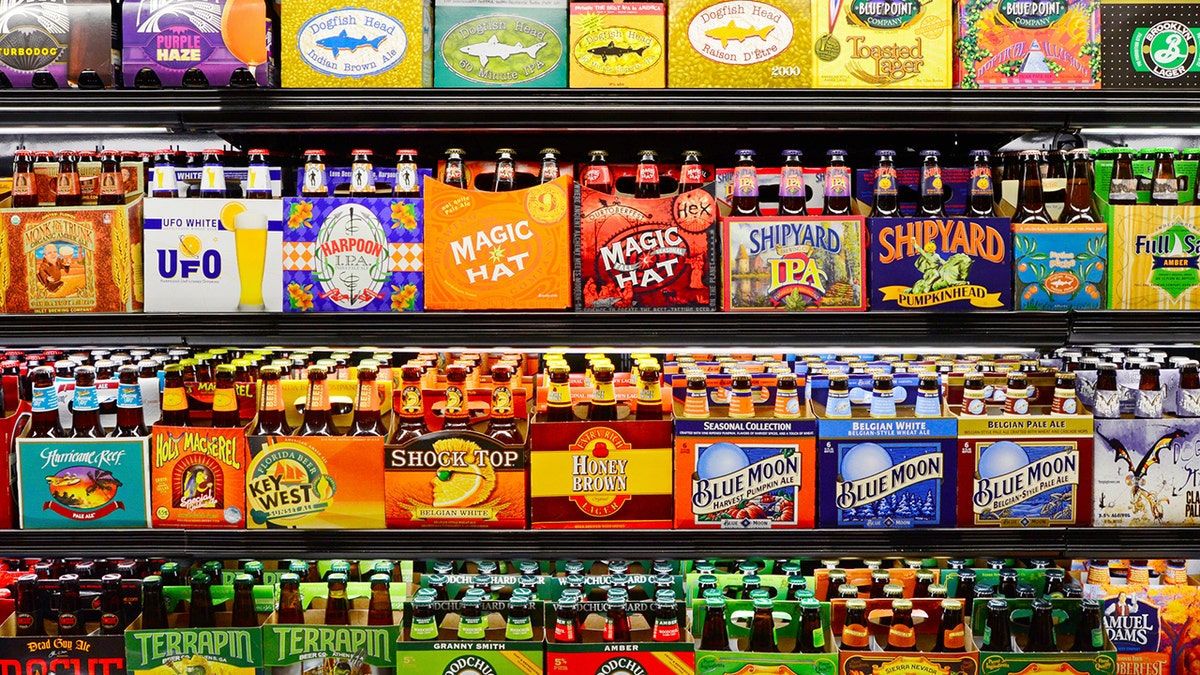
First things first — never cook with something you wouldn't drink. (iStock)
When you’re cooking with beer, which beer should you use? Sometimes, it’s right there in the name. When you’re making a Stout and Shiitake Pot Roast or a Malted Chocolate and Stout Layer Cake, there’s no question about it. And sometimes, it’s right there in the recipe list. Butternut squash risotto calls for lager, a Cajun shrimp skillet calls for amber, and for a Carolina crab boil, you’ll need a light beer.
But what if the recipe you’ve picked out just says “beer”? There are so many different kinds of beer out there — how do you choose? And what happens if you choose wrong?
The good news is that with a few exceptions, it’s hard to go completely off the rails, as long as you follow one simple rule — don’t cook with a beer you wouldn’t want to drink.
Think about it this way: You add beer to add flavor. Why add a flavor you don’t like? If, when you sip a beer, you wrinkle up your nose, don’t save it for cooking! It doesn’t matter if it’s flat, either; leftover beer is fine for cooking, as long as it was refrigerated. But if the flavor wasn’t pleasing in the bottle, it’s not going to be pleasing in your stew.
More From Taste of Home
Once past that first hurdle, however, there’s a lot of scope for a recipe being improved by a solid choice of beer.
Types of Beer
With the recent explosion in small-scale and craft brewers, there are more beers than ever before on store shelves. To make sense of the bewildering array of choices, break beer down into categories. The two main groups are lagers and ales, which are differentiated mostly by brewing methods. (Lagers are cold-fermented; ales are fermented at warmer temperatures.) An easy generalization is that lagers are crisp, light and dry, while ales are heavier and more complex. Of course there are exceptions — bocks are dark, richly flavorful lagers — but it’s a good place to start.

Craft beers offer all types of flavor profiles, but be wary of IPAs, unless you're aiming for a bold, bitter effect in your finished dish. (iStock)
Playing It Safe
There are some always-safe options when choosing your beer. Relatively lighter ales (pale ale, amber, or light brown ale) will complement nearly all beer-recipes and are a great default choice. That said, it’s also safe to stay away from IPAs (India Pale Ales) in your cooking. IPAs were designed to be hoppy (translation: bitter), and a lot of American brewers are having fun taking that hoppy-ness to extremes. That bitterness won’t go away with cooking time, but will actually intensify as the liquid reduces. So, unless you know exactly the effect you’re going for, it’s best to leave IPAs in the fridge for drinking.
Light vs. Dark
Many recipes that call for wine could easily use beer instead, and you can make some safe assumptions based on the type of wine you’re replacing. Lighter ales can replace white wine, with wheat beers especially making a nice trade. (Try using a light beer or lager in place of wine when steaming mussels!) Dark ales, porters and stouts stand in nicely for rich, robust red wines.
In general, you’re looking to match the beer to the flavor of the dish — and that’s all about weight and intensity. Whether you’re simmering a stew or creating a marinade, always keep the main element of the dish in mind. For a robust meat, such as beef, lamb or venison, go with an equally robust, full-bodied brew — stout, porter, or a dark ale. For more delicately flavored or lighter foods, like poultry, pork and seafood, opt for something less full-bodied.

Lagers and light beers are best for beer-battered foods, as the high levels of carbonation result in a crisper coating. (iStock)
Light, crisp lagers and light beers are great for fried foods — when you think “beer batter,” you’re probably thinking of a lager. The high carbonation in lager creates a crisp, tasty crust, and the relatively mild flavor of the beer doesn’t overpower the food.
So, whenever you’re making a brisket, sandwiches, soup or a dip, and the recipe just calls for “beer,” relax — you’ve got this.